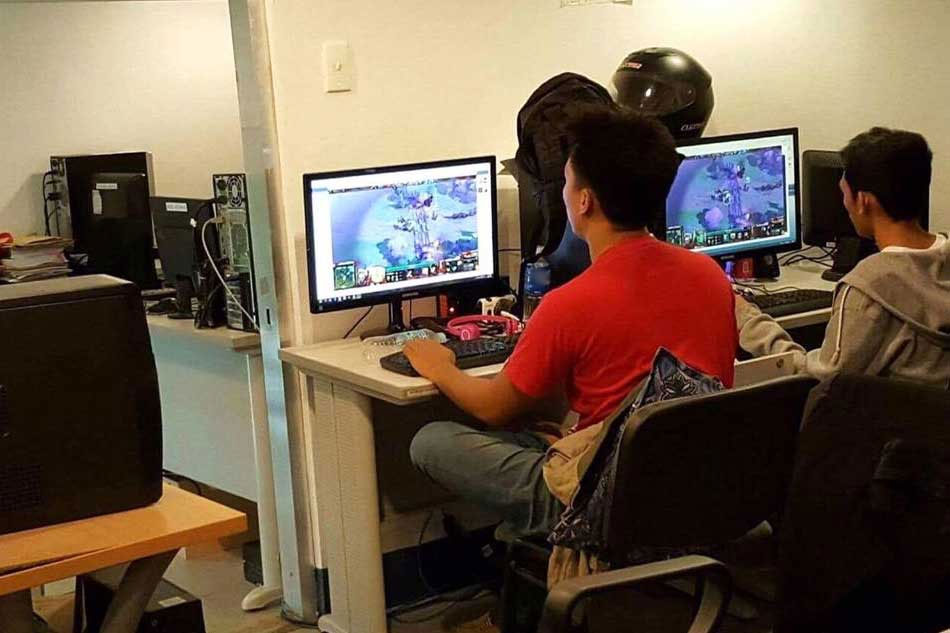

- #People using computers at work wikopidea software#
- #People using computers at work wikopidea series#
ĭuring the COVID-19 pandemic, millions of workers began remote work for the first time. In 2010, the Telework Enhancement Act of 2010 required each Executive agency in the United States to establish policy allowing remote work to the maximum extent possible, so long as employee performance is not diminished.

Įuropean hacker spaces of the 1990s led to coworking the first such space opened in 2005. The guidebooks, PowerBook, AT&T EO Personal Communicator, and Newton's Law, used the term "digital nomad" to refer to the increased mobility and more powerful communication and productivity technologies that facilitated remote work.
#People using computers at work wikopidea series#
In his 1992 travelogue Exploring the Internet, Carl Malamud described a " digital nomad" who "travels the world with a laptop, setting up FidoNet nodes." In 1993, Random House published the Digital Nomad's Guide series of guidebooks by Mitch Ratcliffe and Andrew Gore.
#People using computers at work wikopidea software#
In the 1990s and 2000s, remote work became facilitated by technology such as collaborative software, virtual private networks, conference calling, videotelephony, internet access, cloud computing, voice over IP (VoIP), mobile telecommunications technology such as a Wi-Fi-equipped laptop or tablet computers, smartphones, and desktop computers, using software such as Zoom, Cisco Webex, Microsoft Teams, Google Meet, Slack, and WhatsApp. For example, the number of Americans working from home grew by 4 million from 2003 to 2006, and by 1983 academics were beginning to experiment with online conferencing. Since the 1980s, the normalization of remote work has been on a steady incline. In 1996, the Home Work Convention, an International Labour Organization (ILO) Convention, was created to offer protection to workers who are employed in their own homes. Variations of this motto include: "Work is what we do, not where we are." During the Information Age, many startups were founded in the houses of entrepreneurs who lacked financial resources. In 1995, the motto that "work is something you do, not something you travel to" was coined. By the early 1980s, branch offices and home workers were able to connect to organizational mainframes using personal computers and terminal emulators. By 1983, the experiment was expanded to 2,000 people. In 1979, five IBM employees were allowed to work from home as an experiment.

The terms "telecommuting" and "telework" were coined by Jack Nilles in 1973. In the early 1970s, technology was developed that linked satellite offices to downtown mainframes through dumb terminals using telephone lines as a network bridge.


 0 kommentar(er)
0 kommentar(er)
